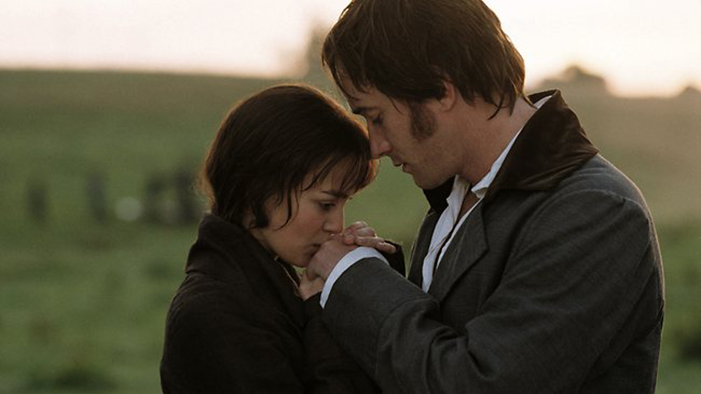Summary
According to historical anecdote, this poem stems from an encounter Browning had with a person who had once met the poet
Form
“Memorabilia” consists of four four-line stanzas, written in iambic tetrameter. The stanzas rhyme ABAB. The form appears frequently in William
Analysis
The title of this poem suggests a kind of memory that is linked with physical objects. Browning’s encounter with the man who has met Shelley takes its importance from the fact that this man was once physically with Shelley and is now physically with Browning. This second-degree encounter with the great poet, now dead, corresponds metaphorically to the second-degree encounter with the eagle, now flown away having left only a feather; but the encounters also correspond physically, in that the physical object of the feather triggers the thought of the human encounter. This suggests a much more mundane and direct concept of natural reality and memory than that postulated by the Romantics (to whom Shelley belonged). Neither the encounter with the feather (nature) nor the memory of Shelley result in rapture or epiphany in Browning’s poem (as they do in Romantic lyrics); rather, they imply a sense of loss and distance, of separation.
Indeed, not only does memory fail to lead to rapture, it has very little evocative power at all: Browning does not remember the rest of his walk on the moor beyond the finding of the feather. Moreover, Browning places little faith here in the life of the mind, the ability of analysis: he finds himself unable to elaborate more on the relationship between the feather and the man who met Shelley. Yet somehow this world of mundane physical objects and faint mental suggestions can provide as much material for poetry as the wild spiritual inspirations of Shelley’s “West Wind” or Wordsworth’s daffodils.


 payment page
payment page



